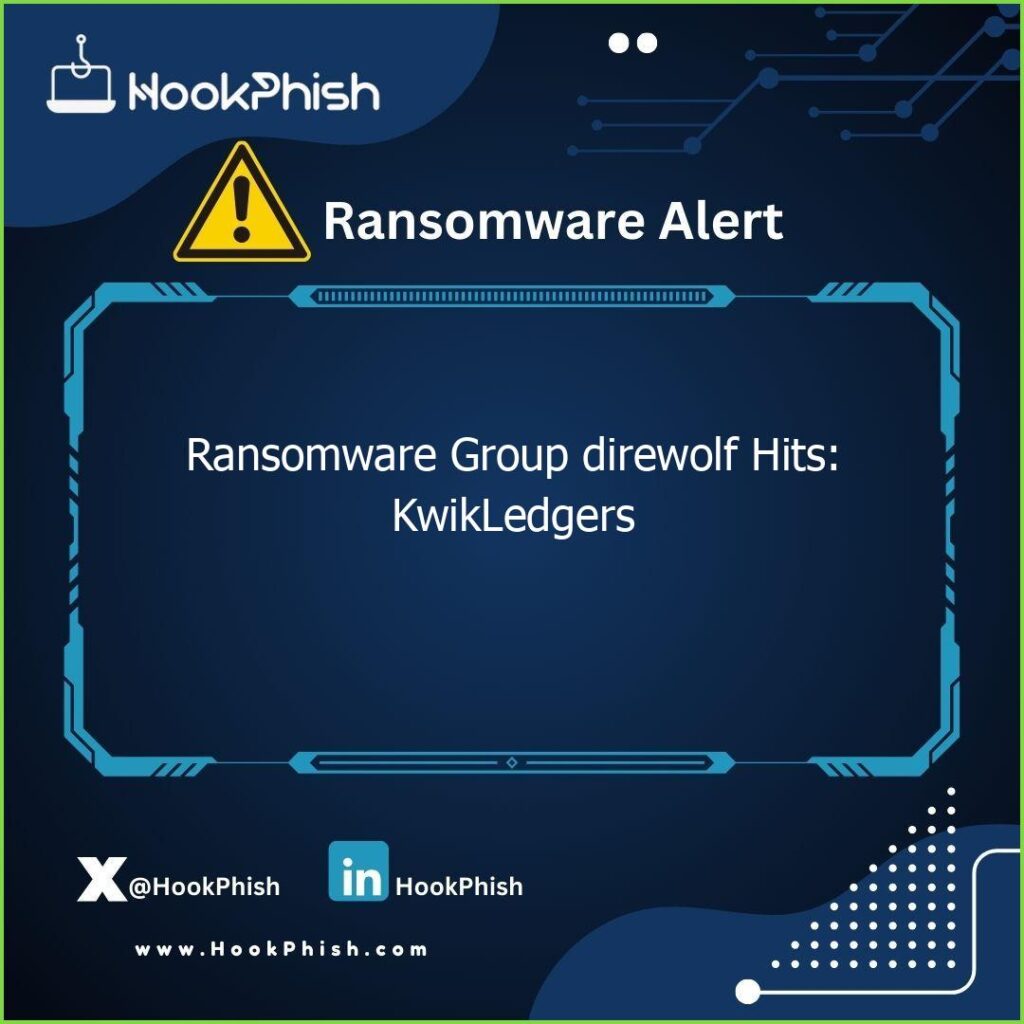What is a Simulated Phishing Attack?
Simulated phishing guards your business against social-engineering threats by training your employees to identify and report them. Cybercriminals use phishing, the fraudulent attempt to obtain sensitive information such as credit card details and login credentials, by disguising as a trustworthy organization or reputable person in an email communication. Phishing emails are also used to distribute malware and spyware through links or attachments that can steal information and perform other malicious tasks.
Typically a part of user cyber security awareness, simulated phishing training is one of the cyber security measures being used to help stop attempted phishing incidents. Phishing is popular with cybercriminals because it enables them to steal financial and personal information by exploiting human behavior. Due to the fact that just one mistake by one employee clicking on one link could result in fraud, a data breach, huge costs, and damage the company’s reputation, user security awareness is now widespread; employers are educating workers about the latest attack techniques and testing them with simulated phishing attacks to help protect their businesses against cybercrimes.
How Does Simulated Phishing Work?
Advanced simulated phishing platforms are cloud-based. The administrator of the phishing simulations can be an in-house team or an MSP (managed service provider). The person(s) designing the simulated phishing exercises use available templates to create realistic-looking phishing emails. The simulator is cloud-based, so the training sessions can be configured, updated, and delivered centrally. A central console captures training data and generates reports.
Some simulated phishing emails may also be linked to a fake malicious website. If the employee clicks on the link, they will be taken to the fake website to show them what would happen if this was an actual phishing email.
Other types of spoof phishing emails may contain fake malicious attachments. Again, suppose the employee attempts to open or download this attachment. In that case, the simulator will use this as a training event and open an online screen explaining why this was risky behavior, what would have happened in real life, and how to prevent this behavior in the future.
During the simulation exercises, data is collected on how each employee responds to the phishing email. These data are used to provide insights to help modify, tailor, and improve phishing exercises.
What Are the Benefits of Phishing Simulation?
Phishing simulations are a valuable tool for organizations to assess and improve their security awareness and resilience. They can be used to achieve a number of things, ultimately creating that first line of defense for your organization, within your people. In fact, phishing simulations can:
Raise Awareness
Phishing simulations can help raise awareness among employees about the threat of phishing attacks and the importance of being vigilant when receiving suspicious emails or messages. By experiencing simulated phishing attacks, your employees will learn how to recognize phishing emails and avoid falling for them. They will also become familiar with the big brands and common designs of attack, gearing them up for the ultimate spot-the-difference when a real phishing email targets them.
Test Employee Responses
Simulated phishing attacks can also provide insight into how different people respond to different types of phishing attacks, which can help your organization identify vulnerabilities and areas for improvement. This information can then be used to develop targeted training programs to improve employee awareness and response, specifically focusing on a certain department that is particularly susceptible to emails or even focusing on looking at email headlines or plain text emails – whichever area your users seemed to struggle with the most.
Improve Your Security
By identifying weaknesses in security systems, your organization can take steps to improve your security measures and reduce the risk of successful phishing attacks. This may involve implementing new security protocols, providing additional cyber security awareness training for employees, or investing in new security technologies.
Ensure You Remain Compliant
Many industries and regulations require organizations to conduct regular security awareness training for their employees to teach them how to identify scams and do typosquatting detection, and simulated phishing can be an effective way to meet these requirements.
Save You Money
Conducting phishing simulations is a cost-effective way to assess and improve security awareness compared to the potential cost of a real-life phishing attack, which can result in financial losses, reputational damage, and legal consequences. It’s just like paying for your car insurance, it’s a lot easier to put away a little every month and know you’re protected if the worst happens, than be forced to pay out for all your damages at the time of the incident.
Phishing Simulation Examples
It’s no doubt that cyber-attacks are becoming more frequent and hard to detect, luckily the design of phishing simulation training is also progressing at a fast pace. Let’s look at some popular types of phishing simulation training which can help users combat modern cybersecurity challenges.
Email Phishing Simulation
This type of simulated phishing attack typically involves sending a realistic-looking phishing email to employees, with the aim to see how many of them fall for the scam, click on a malicious link, or provide sensitive information. Some phishing simulation vendors provide readily-made email templates which makes it easy for IT professionals to quickly create high-quality phishing tests.
Social Engineering Simulation
Social engineering simulation is a method of testing users’ security awareness and preparedness by creating a fictional backstory that is used to influence behavior or to manipulate someone into providing private information. The common examples of this training are pretexting, baiting, and tailgating.
Online Phishing Simulation
This type of training involves simulating phishing attacks through online channels, such as social media or inbox messaging. The sender would pretend to be a friend or colleague of the users and send out phishing messages to them, hoping to trick them into compromising their personal data or sensitive information which may lead to unauthorized access to the accounts.
Interactive Phishing Training
This type of training uses chatbot-like web applications and allows employees to interact with simulated phishing scenarios, giving them the opportunity to practice identifying and responding to these types of attacks in a safe environment. Some companies may use phishing simulation software that allows them to customize phishing attacks and track employee responses in real time.
Gamification
This type of training uses game design elements in non-game contexts to engage and motivate users to learn. Gamification has been seen used in security awareness training more often nowadays, with the aim to make the learning experience more fun, interactive, and memorable.
How to Prevent Phishing
While we would love to think that our email provider is perfect and will automatically filter out any suspicious or unwanted emails, that’s not always the case. Scammers have gotten better at outsmarting the spam filters which makes it easier for them to make their way to your inbox. It’s always a good idea to have a few extra layers of protection to prevent phishing attacks.
- Think before you click on any links!
- Make sure your computer’s security software is up-to-date.
- Do not share personal or financial information via links found in emails.
- Protect your accounts by using multi-factor authentication.
- Be cautious and avoid clicking on pop-up dialog boxes.
Your company can provide all the warnings and corporate training possible, but if you don’t take the steps to identify and recognize phishing as it happens, you could jeopardize the safety of your private information.
Authorized organizations will never ask you for sensitive data that pertains to your account. If you receive a request from someone you think might be pretending to be an organization representative, you can always reach out to it directly to confirm.



